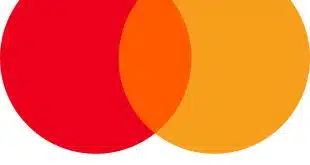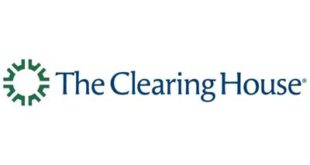Credit cards will continue to dominate online payments for at least the next five years, but they will lose share to debit cards, alternative payments, and prepaid and gift cards, according to new projections from Javelin Strategy & Research. Javelin predicts in its “2010 Online Retail Payments Update and Forecast” that alternative-payment vehicles will more than double their volume between now and 2015.
In all, Pleasanton, Calif.-based Javelin predicts that retail electronic-commerce volumes will grow from about $249 billion this year to $443 billion in 2015 for a compounded annual growth rate (CAGR) of 12.2%. With overall retail sales projected to grow at a much slower rate, Javelin forecasts e-commerce’s share of total sales to rise over the next five years from 6.4% to 9.2%. The new report is based on data collected online from a randomly selected panel of 4,998 consumers in September, with other data coming from government agencies, payments companies, and earlier Javelin research.
Major-brand credit cards, once the default currency of e-commerce, have been losing online market share for some time now but still will remain the most-used payment choice in 2015. The Pleasanton, Calif.-based Javelin says that despite recession-induced issuer cutbacks and voluntary reduced usage by consumers, major-brand credit card purchase volumes online will increase at a CAGR of 10.4%. At that rate, credit card volumes will grow from $99.9 billion this year to $163.6 billion in 2015. Still, with a CAGR lower than every payment rival studied except retail credit cards, the major credit cards’ share of online purchases will decline from 44% in 2009 to 40% this year and 37% in 2015, Javelin predicts.
Next in market share after credit cards in 2015 will be debit cards at 28%, little changed from 28% in 2009 and 29% this year. Javelin however, pegs debit’s CAGR at 11.8%, a good step ahead of credit’s. Volume will grow from $71.8 billion this year to $124.4 billion in five years. Younger consumers grew up with computers and prefer debit cards to credit cards in part because the former are more suited to their affinity for real-time account updates and other banking functions they can do online, according to Javelin founder and president James Van Dyke. “Debit is more of a natural payment method [to them] than credit,” he says. Van Dyke says those preferences probably won’t change, though many payment executives he’s talked to hope for a return to more credit card spending. “They think once the economy turns, the tide will come back to credit. For these young adults, credit will never come back,” he says.
The online alternatives, dominated by PayPal Inc. but including a plethora of other upstarts, will see their volumes grow from $42.6 billion to $86.6 billion by 2015 for a CAGR of 15.2%. The alternatives’ market share is set to grow from about 16% today to 20% by 2015.
Javelin says its data show that despite many Internet merchants’ slowness in offering alternative payments, 46% of consumers have used newer options such as PayPal, BillMeLater (an online credit provider owned by PayPal parent company eBay Inc.), Google Inc.’s Google Checkout, and Amazon.com Inc.’s Checkout by Amazon in the past year. From another study, Javelin determined that 91% of consumers who have used an alternative for an online purchase have used PayPal, followed by Checkout by Amazon at 24% and Google Checkout at 9%. Behind the scenes, major credit and debit cards will benefit from the alternatives’ rise because consumers often fund such accounts with a credit or debit card. PayPal and some other companies, however, route considerable volume over the lower-cost automated clearing house network.
Prepaid cards and their gift card cousins have the highest five-year CAGRs of the bunch, 16.7% and 36.3%, respectively, but that’s coming off of a small base. Javelin predicts online prepaid card charges will grow from $17.7 billion this year to $38.9 billion in 2015, while gift cards will increase from $1.7 billion to $8 billion. Collectively they’ll increase their market share from just under 8% currently to about 11% in 2010.
Javelin forecasts that online volume charged to retail credit cards will grow from $14.2 billion this year to $20.3 billion in 2015 for a CAGR of 7.4%. Retail cards’ market share will slip a bit from 6% in 2010 to 5% in 2015.





